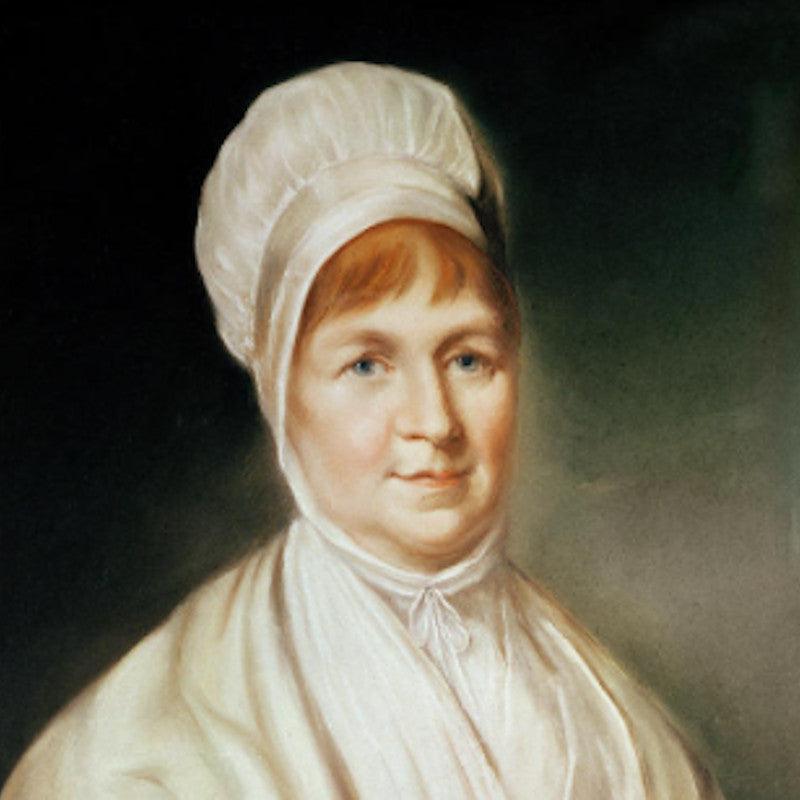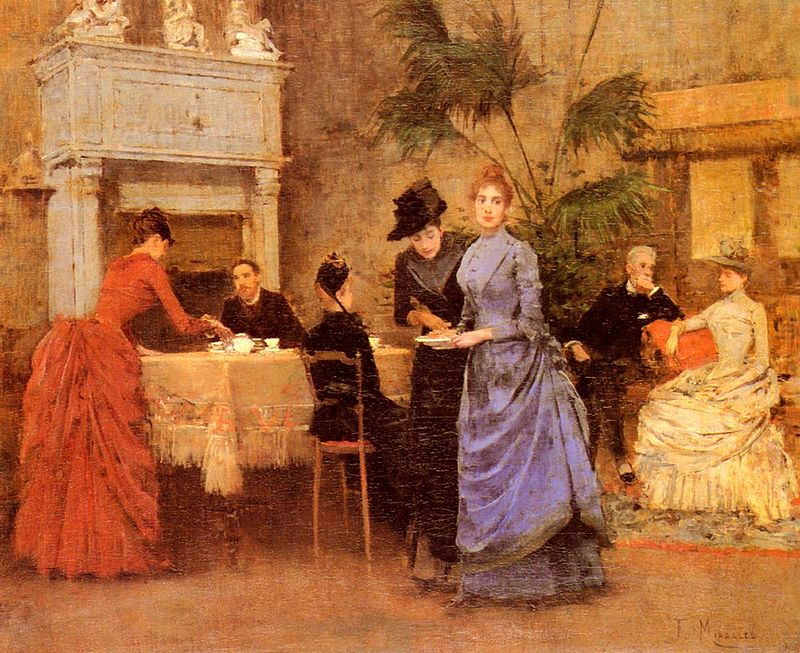Es probable que conozcas la historia de cómo la tía de Jane Austen, Jane Leigh Perrot, fue acusado falsamente de robar de un Haberdashers en Bath y procesado en Taunton Assizes. Se cree que la acusación fue un intento de chantajear La familia, conocida por ser rica y cómoda. Según los informes, el juicio en sí, celebrado en marzo de 1800, duró varias horas, pero cuando se le pidió al jurado que tomara una decisión, solo tardó quince minutos en absolver a Jane.
La mejor cuenta de la prueba sigue siendo Frank Douglas Mackinnon's Hurto (1937), que contiene una serie de cartas dirigidas a Jane y su esposo, James. En las páginas 26-27, hay una larga carta de un 'RW' a James Leigh Perrot, discutiendo el cargo contra Jane. Sin embargo, tres pasajes han sido omitidos misteriosamente por Mackinnon, el primero de los cuales es particularmente importante.
A continuación se muestra una transcripción completa de la letra con los tres pasajes faltantes, indicados por soportes cuadrados. El único autor que comenta sobre el texto completo ha sido William Galperin, autor de El histórico Austen (2003), en páginas 39-40.
Gray Hound Inn,
Market Place,
29 de octubre
Señor, su honor conocido me induciría a dirigirme a usted en persona en lugar de adoptar este método para informarle sobre las circunstancias con las que es apropiado que se lo familiarice, pero estoy obligado a ganar pan para una familia numerosa de cualquier manera honesta. Puedo; Y aunque es mi gran lote conseguir ese pan en el empleo de uno de los mejores bribones que jamás haya vivido, tengo el placer consciente de saber que más de una vez he sido de servicio para aquellos que podrían haber sufrido su deshonestidad. La naturaleza de mi empleo me obliga a ser colocado tan cerca del Sala de consulta de Gye (al villano al que aludo) que no tiene idea de que escuche lo que hago. Sus reuniones son frecuentes y considerablemente decepcionados de que no se haya hecho ninguna oferta para comprar a los testigos contra su dama inocente y altamente herida; Han tratado de encontrar algún método seguro para proponerlo ellos mismos, pero tienen miedo del otro. Están circulando a las calumnias más falsas y perjudiciales para perjudicar a la Sra. Perrot en el ojo del mundo, pero descubren que tiene demasiados amigos para este propósito de tener éxito en su máximo deseo ...

[Sin embargo, sin embargo, inducirá a aquellos que no han conocido la bondad de su personaje a ponerse del lado de ellos. Este hombre de corazón negro tuvo la gran audacia de esperar a una dama en la ciudad superior (la esposa de uno de los habitantes más respetables de esta ciudad) para solicitar que se presentara como testigo que Filby dobló el paquete en ella. Presencia y que no había nada en el papel, excepto el encaje negro, la Sra. P había comprado. Sin embargo, su recepción era tan diferente a lo que esperaba que creyera que se arrepintió de haber solicitado. Estaba sentada en su back office esperando la escritura de su factura cuando Filby trajo el paquete medio doblado; Esto ciertamente vio, pero ¿cómo podía decir lo que contenía el papel? Tampoco sabía lo que la Sra. P había comprado; De hecho, su evidencia iría en contra de Filby (si ella apareciera), porque no podía sino comentar que al doblar el papel parecía increíblemente agitado y apresurado, pero esto suponía, en ese momento, podría estar debido a que le habían dicho eso. Su cena estaba lista. Su esposo entra justo cuando Gye salía, le pidió que le dijera al caballero cuál había sido su recado. Su observación a Gye era que había solicitado a las personas equivocadas para este propósito, ya que aunque no estaban familiarizados con el Sr. y la Sra. P que tenían durante varios años demasiado conocidos los conocidos. Excelencia de su personaje para dudar por un momento de su inocencia. Además, observó que había escuchado que Filby había depuesto que doblaba el papel, con el encaje que la Sra. P había comprado, y se la entregó mientras estaba parada en la tienda. ¿Cómo podría esto estar de acuerdo con su deseo de su esposa que jurar que ella lo vio doblarlo en el back office en el que la Sra. P nunca había estado? Desde la primera vista, el fraude fue descubierta. Estos detalles la señora le dijo al escritor de esto, y deseó que pudiera haberlo sabido a la Sra. P. En algún momento futuro puede ser nombrada.]
-
Gye tiene una carta más para jugar, se jacta. Si la Sra. P no debería ofrecer una remuneración considerable por los gastos en los que han estado, publicará una impresión ridícula de su cresta, con una tarjeta de encaje y otros artículos en la factura del loro. Pero sé firme, señor, dale lo suficiente a Rogue Rope y se ahorrará.
-
[Vivo con la esperanza de ver las mesas giradas sobre él; Y tenga la seguridad de que en la primera oportunidad que se ofrece, así como muchos otros, se unirán públicamente a su derrocamiento.]
-
Miro a un hipócrita religiosa Ser el más peligroso de todos los pecadores, y este hombre bajo ese disfraz está empleado para aliviar las angustias por personas caritativas, cuya generosidad nunca es recibida a mitad de aquellos para quienes está destinado. Su idioma en toda la ciudad es que si el juicio tiene lugar transporte es seguro.
-
Como me informan que sus sirvientes le envían cualquier carta dirigida a usted todas las semanas, dejaré esto en su casa, y con mis buenos deseos para la salud y la prosperidad para usted y la Sra. Perrot, nunca seguiré siendo, digno de señor,
Tu devoto servidor humilde,
RW
-
¿Qué opinas de estos pasajes faltantes? Es bastante curioso que hayan sido omitidos. ¡Nos encantaría saber de ti si sabes más!
David Pugsley es el Hon Archivista del Circuito Occidental, una organización para abogados entre Gloucester y Winchester y Land’s End. Da charlas y escribe artículos sobre la historia de los abogados coloridos y los principales casos penales, principalmente asesinatos, y la ley de duelo en el área del circuito. Él leyó Emma Con el ojo crítico de un abogado, mirando la evidencia. Le hubiera gustado interrogar Augusta Elton.
-





4 comentarios
The remarks about this case in Rev. William Holland’s diary suggest the legal rumour mill was unkind to Mrs Perrot, strongly implying she had bribed her way out of trouble. The entry for 22 March 1800 reads:
“At Stowey met Mr. Symes the Lawyer. He told me that Mrs. Parrot has bought off her prosecutor. Alas, alas that money should be able to screen a person from Justice in this Kingdom so remarkable for good laws and uncorrupted Judges. She was accused of stealing lace out of a shop in Bath, is a person of considerable fortune and has a poor Jerry Sneak of a husband who adheres to her through all difficulties.” (‘Paupers and Pig-killers: the diary of William Holland…’, Penguin, 1986)
Personally I think she did it. That she was clearly a wealthy and strong-minded woman of previously good character doesn’t rule anything out, as the tragic case of Isobel, Lady Barnett proves.
R Lamb
The date of RW’s letter is not clear. MacKinnon read it as Oct 29(?), but that is very unlikely in the light of the content of the newly transcribed passage. On closer inspection I read: Grey Hound Inn, Market Place, Bath, 19 inst. (?), which fits much better.
Anonymous
Barbara Ker Wilson, in her novel Jane Austen in Australia, does not imagine what would have happened if Mrs L-P had been found guilty and transported. It correctly records that the jury took less than fifteen minutes to find her Not Guilty: see pages 64-68. The visit to Australia, in the novel, was due to a sudden and uncharacteristic burst of enthusiasm, on the part of James L-P, for the fauna and flora of the antipodes.
In spite of the assertion in the Avant-Propos, p. 7, that the details of the trial are factual, there are lots of errors. In particular, she says that Gregory’s elder sister had died (pages 11-12) and that in June 1800 the former haberdashery shop was still shuttered and awaiting a new tenant (p. 84). In fact, Gregory’s elder sister, Mary Smith, the proprietor of the business, ran it very successfully, in spite of the trial, from 1798-1807: see No. 1, Bath Street and Mary Smith, Jane Austen Blog: Regency History, 2 Sept 2019.
Anonymous
The author, Barbara Ker Wilson, wrote a novel called Jane Austen in Australia which imagines what would have happened if Mrs L P had been found guilty and transported. In the novel, Jane Austen goes with her aunt and gives accounts of Sydney, more usually called Port Jackson then, in its very early days. Well researched this is a good read!
Anonymous
Dejar un comentario
Este sitio está protegido por hCaptcha y se aplican la Política de privacidad de hCaptcha y los Términos del servicio.